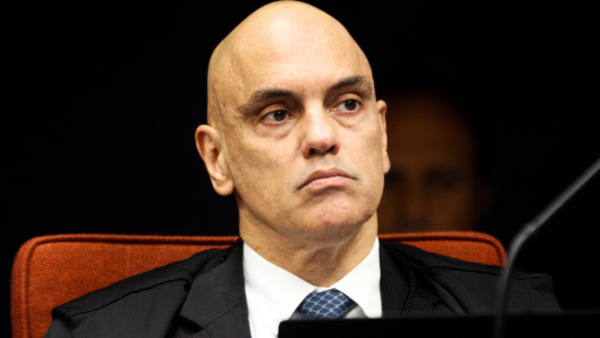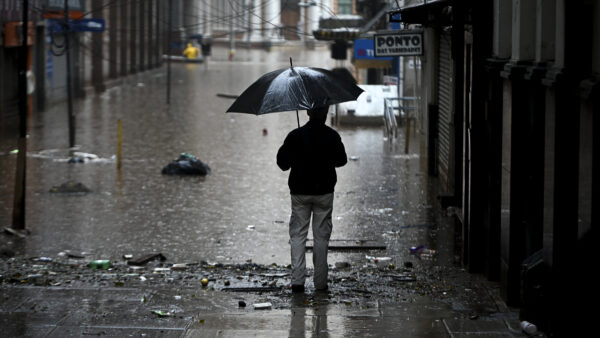Rio Grande do Sul Lieutenant Governor Gabriel Souza said the state government is considering relocating entire cities after the floods that ravaged Brazil’s southernmost state.
“We have a series of challenges, and we cannot rule out having to remove entire cities from where they are, that is, rebuilding cities in other locations,” he said in an interview on Thursday.
Officials, engineers, and city planners are also considering replacing some neighborhoods with parks, building elevated houses, and adding new barriers and dikes in urban areas, convinced that rebuilding cities as they were will not be enough for the next climate crisis.
The state government has voiced plans to build four “provisional cities” in and around Porto Alegre, Rio Grande do Sul’s capital. Mr. Souza described them as “event structures qualified to shelter people.”
The mayor of the state capital added that there are not enough houses in the city to accommodate the around 30,000 people currently displaced or in shelters. Sebastião Melo said that the federal government should take responsibility for the housing crisis, and conduct public bids to encourage owners of unused real estate to sell their homes.
Bathing the state capital, the Guaíba River level dropped to 4.98 meters early Thursday morning, well above the flood stage but decreasing gradually.
According to state authorities, more than 2.2 million people in 458 cities have been affected by the ongoing Rio Grande do Sul crisis as of Thursday. 151 people have died, and 104 others are missing. Over 538,000 residents have been displaced, and 77,000 are in shelters.
A recently published article by ClimaMeter, a group of researchers at the French-based Laboratory for Sciences of Climate and Environment (LSCE), has attributed the floods in Rio Grande do Sul to human-driven climate change, an indication that similar events will happen again sooner rather than later.

 Search
Search










































